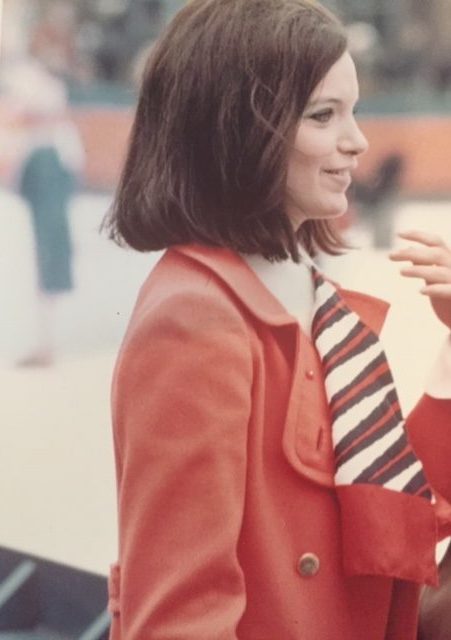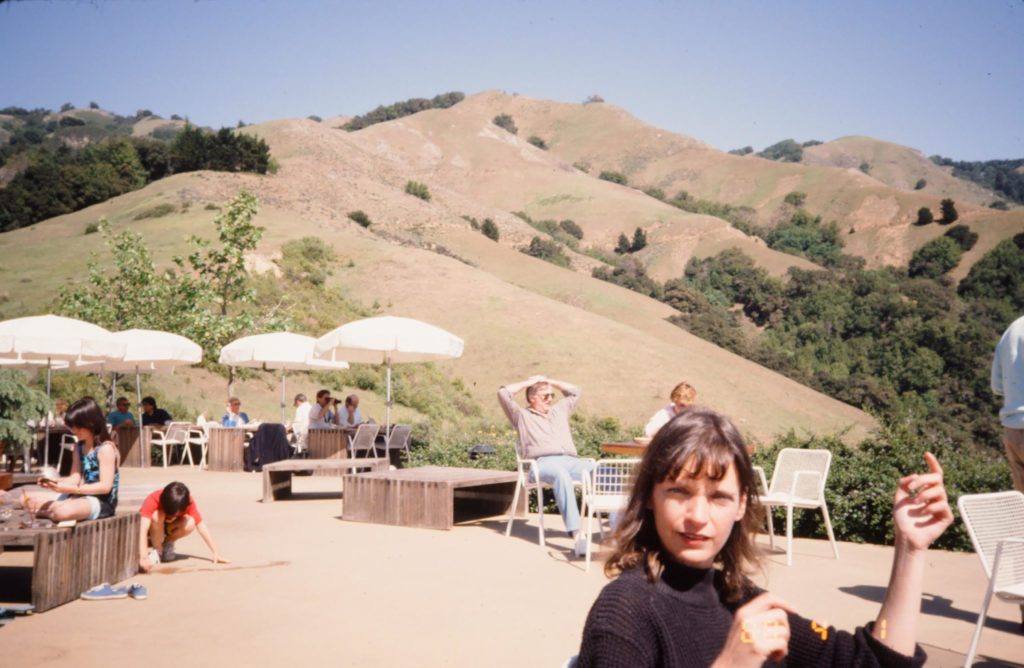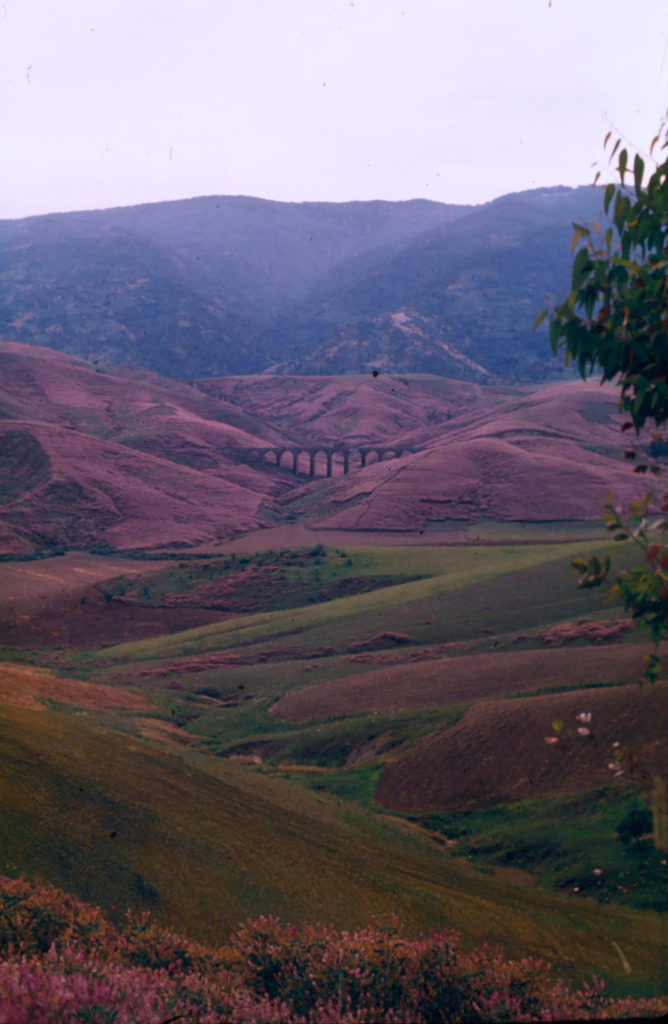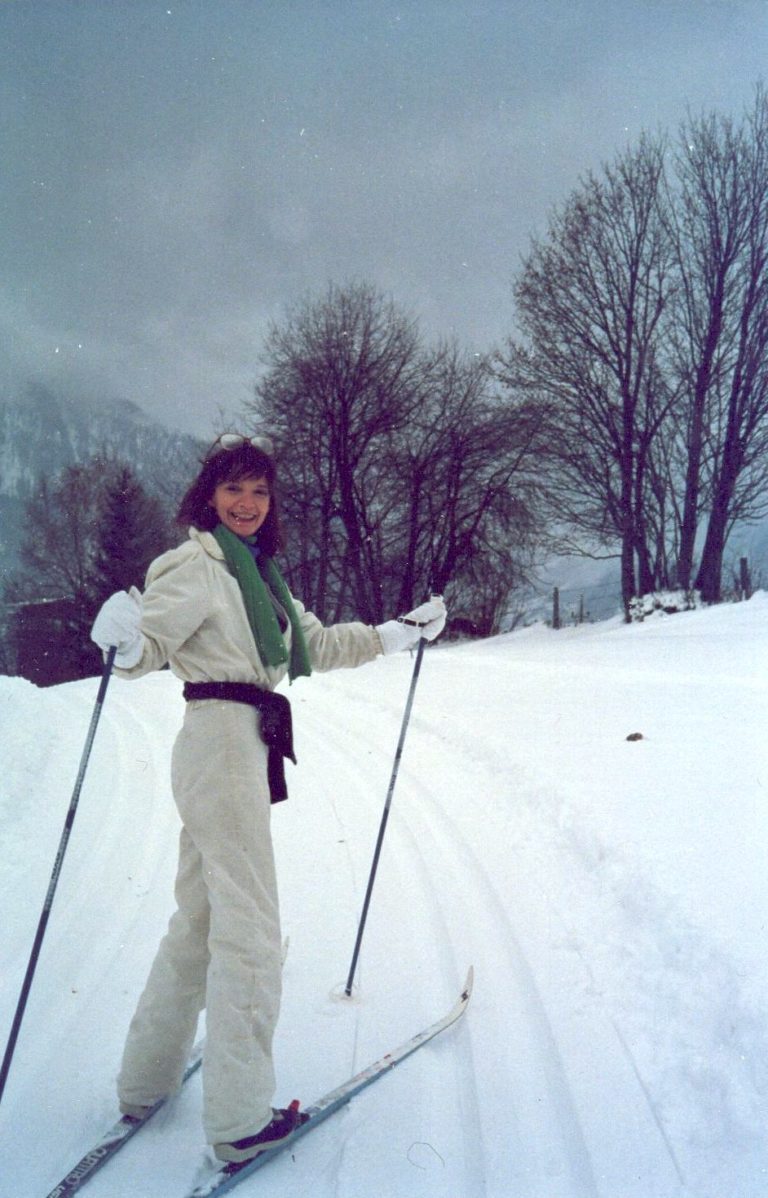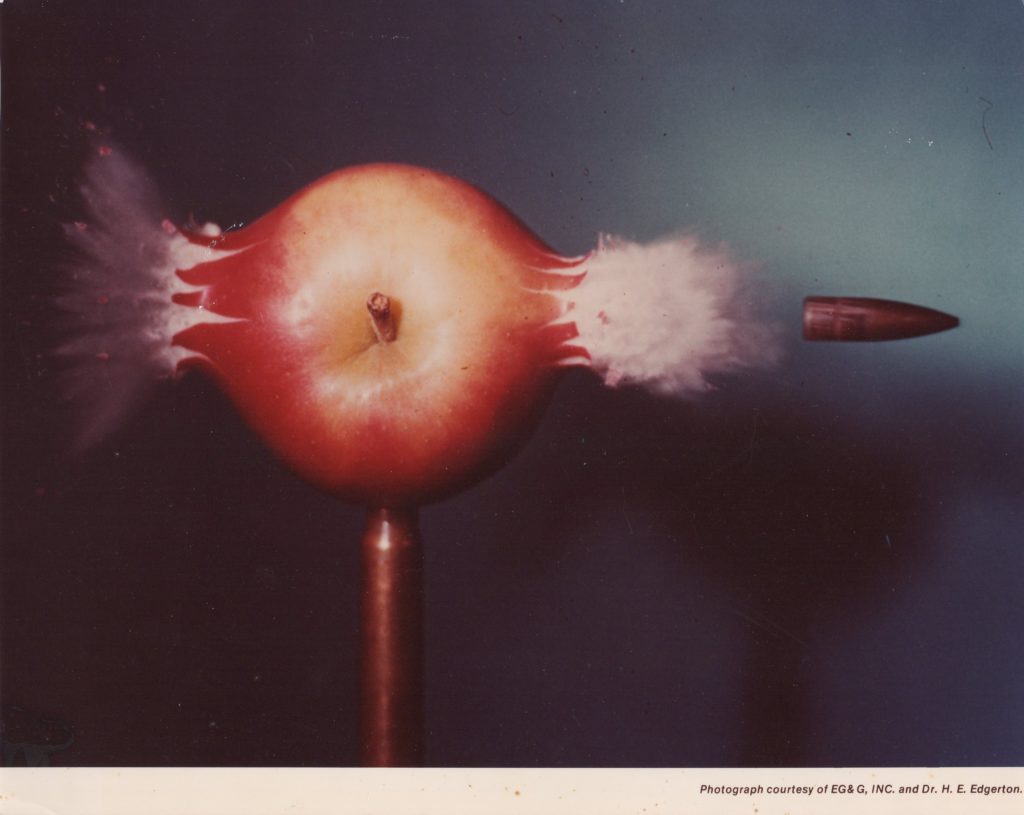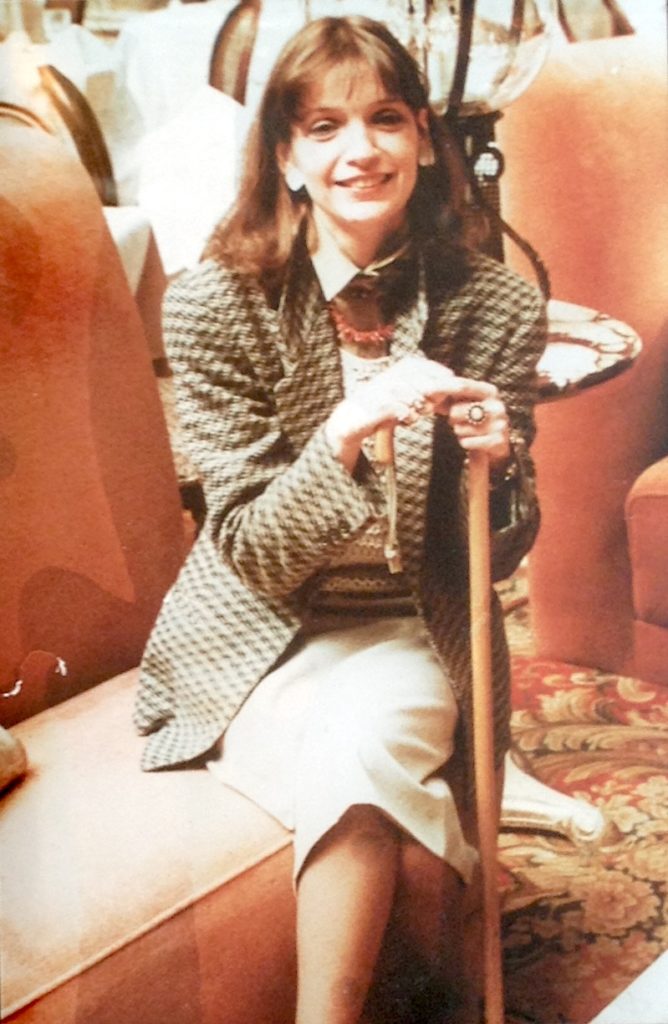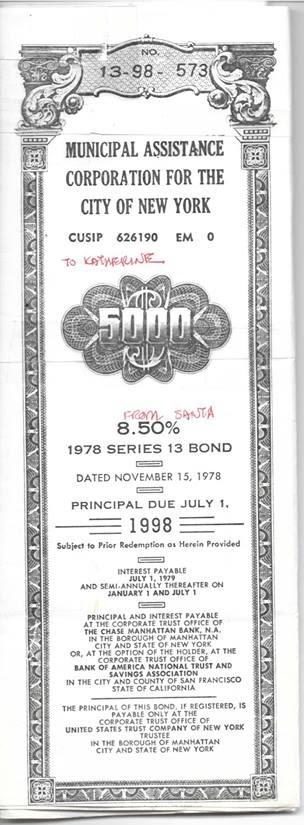International Consultant
New York
When Neville graduated college, she went to several parts of the country, signing up with job recruitment agencies, looking for work. She found that there were almost no professional jobs anywhere for a woman, unless she had a nursing degree, a teacher’s certificate, or she could type and take dictation.
Neville possessed none of these skills. However, she had landed in the top 1% on a national test given to all job applicants, which was designed to identify aptitude for a fast-growing new field called data processing.
Over time, she would help automate railroads, steamship, container, and motor freight shipping firms, as well as her first foray into the energy field: power plants.
“I’d never heard of a computer,” Neville says. “I thought IBM was a clockmaker! It was written on all the clocks in classrooms throughout America! When I went to work for IBM, they gave all their new employees three months of saturation training, from the ground up, in all their computer products and the industries that we would be automating–in my case, the Transportation and Utilities industries.”
Algiers
Neville was one of four consultants chosen to help start up a new project for the Algerian Ministry of Industry and Energy. She and her colleagues arrived in North Africa on the tenth anniversary of the Algerian revolution against the French. The new Algerian government had nationalized the industrial sectors, all the players and rules had changed; it was like a brand new country.
They were concerned to make sure that their one big export, petroleum, would offset the cost of imports required to run all the other industries. Neville’s team was charged with developing a “Balance of Trade” system–in effect, tracking all the production, the imports and exports throughout the country.
Months after Neville’s arrival, the OPEC oil embargo was declared, which would soon disrupt the “Balance of Power”–that had existed since WWII–between the Western powers (Europe and the Americas) and the Soviet Union (the Eastern Bloc.)
“As Rudyard Kipling put it,” Neville says, “‘East is East and West is West, and never the twain shall meet.’ But suddenly, I had a worm’s-eye view, from inside the apple, of history being changed. It seemed to me like a giant chess game that had been played all over the world–where suddenly there’s a move from the edge of the board that no one was expecting. It reminded me, too, of the French Revolution, where all those who’d appeared to be in power were about to be swept away suddenly by the tide of change…”
This turning point would become the original inspiration for The Eight.
Colorado
Back in Colorado, Neville again found herself “between jobs,” amidst a flurry of short-term consulting contracts for various computer firms and government agencies. There were no full-time jobs available, even for a cut in pay, for an “overqualified computer executive.”
Neville had spent years working part-time with top photographers, on the other side of the camera as a model, and she decided to start her own commercial photography business.
After several successful years in this profession (see Artist/Photographer/Model), one day she got an unexpected call from an executive search firm that still had kept her resumé on file. They represented a client seeking someone with her past expertise in designing Planning and Control systems that could track multiple, complex projects.
The client was the Department of Energy.
Idaho
The Department of Energy site, in the wilds of Idaho, was the premiere energy research site in the US. In addition to solar, geothermal, hydropower, hydrothermal, and atomic energy research, the site maintained 52 nuclear reactors in the high desert, where they conducted safety research tests for nuclear power plants.
“In my first set of interviews for the job,” Katherine recalls, “they held a forum that they dubbed ‘The Spanish Inquisition’– where anybody you might conceivably end up working with could drop into the interview, plop down around the big conference table, and shoot questions at you. It was designed to be daunting.
“The place was packed with nuclear physicists, computer wizards, and engineers, all waiting for the candidate ‘on the grill’ to slip up. I noticed that–while I myself was dressed like a ‘business executive from the big city’–the scientists were casual in slacks and shirtsleeves, and the computer jocks were dressed like lumberjacks in plaid shirts, jeans, and cowboy boots. I also noticed that there weren’t many female professionals in this atmosphere. At the end of the hour, the Director asked if I had any questions for them.
“‘Actually,’ I told the room, ‘I’ve been wondering, all this time, why you folks would even interview someone like me–who’s spent decades living and skiing in Colorado–when this place is equidistant from both Sun Valley and Jackson Hole? (Two of the premier ski areas in the world.) How often would you really expect to see me around the office?’
That broke the ‘professional ice.’ I was hired, and by the end of that year I was awarded an ‘Honorary Good Old Boy’ button, showing that the guys officially regarded me as one of the team.”
The Idaho site was run by the research firm EG & G, named for its founders, Drs Edgerton, Germeshausen, and Grier. Harold ‘Doc’ Edgerton was the inventor of the laser strobe, which took the famous first pictures of a bullet cutting through an apple or a playing card, of hummingbirds in mid-air flight, of a drop splashing into milk. Edgerton had long worked with LIFE Magazine photographer, Gjon Mili, who later shot the iconic photos of Picasso ‘drawing with light.’
Doc Edgerton’s subsequent underwater projects with Jacques Cousteau pioneered the later work of Doc’s student, Martin Klein, ‘Father of Side Scan Sonar,’ with under sea discoveries of the Titanic, and of sunken vessels from antiquity, 400 to 2,000 years ago.
Combined with Edgerton’s strobe work, the company’s other founders had worked during WWII with the ‘trigger for the bomb.’ Their tiny, rapid instrumentation enabled scientists to view remotely–and in ‘real time’– everything from inside a reactor core to underground nuclear testing.
While Neville was working at the site, the accident at Three Mile Island occurred, just as the movie The China Syndrome was released, and just as her colleagues were conducting an identical test of loss of fluid in the reactor’s core–and she was afforded an insider view once again, of history in the making.
That view, and her work with toxic, hazardous, & transuranic waste, would
later inspire her book, The Magic Circle, about the release of spirit from matter at the end of the eon.
San Francisco
Late one evening in Idaho, Neville was telephoned by a Senior Vice President of the Bank of America. He had gotten her contact info from an Executive Search firm in San Francisco, and he wanted to fly her to the Bay Area for a series of interviews for a job to develop and manage Planning and Control systems for the Bank’s computer divisions.
Neville quickly called the search firm Director in San Francisco, and said “I told you: No Banks and no Insurance.” For a computer person with a background like hers, in industry, science, and technology (and before the advent of high-speed hacking and security issues) banks and insurance firms were considered ‘mere paper-pushing number crunchers.’
The Search Director patiently explained to Neville that the Bank of America was the biggest bank in the world, that expense was no object, and that she could name her own ticket if she took the job. And lastly, he mentioned in passing, that the data center restaurant alone–dubbed “The Two Acres”–had a 2-acre rooftop garden overlooking the city, with trees and a glass gazebo with buffet islands of food from thirty regions of the world.
For a person who had just spent many years driving to a nuclear site through a bleak, icy, volcanic plateau in the Rocky Mountains–in a car with a license plate that read “Idaho: Famous Potatoes”--Neville decided to “take a potato sabbatical” and to give fresh seafood and a commute to work by Ferryboat a whirl!
“I was at the Bank for just a few months,” Neville recalls, “when I figured out how to steal a billion dollars from the global wire transfer systems. Back then, banks were competing for customers by making it easier and easier to get at your money and move it around with no boring security hassles. This made it an attraction for thieves, as well. I had a former colleague in New York, who had helped design the early systems for the New York and American Stock Exchanges. I phoned him and I shared my idea. (He knew, as everyone did, that I’d been trying to write a novel forever, so this was about fiction, not reality.) He thought it over and said he’d get back to me. Three weeks later, he phoned to tell me that my theft idea would work, and he added a few bells and whistles that would make it even more interesting.
‘But if I were going to steal that much money,’ he added, ‘I’d do it without using a computer at all. That way, I might avoid leaving a paper trail.’
‘So then, how would YOU do it?’ I asked him.”
And that was the seed of Neville’s first completed novel: A Calculated Risk.
